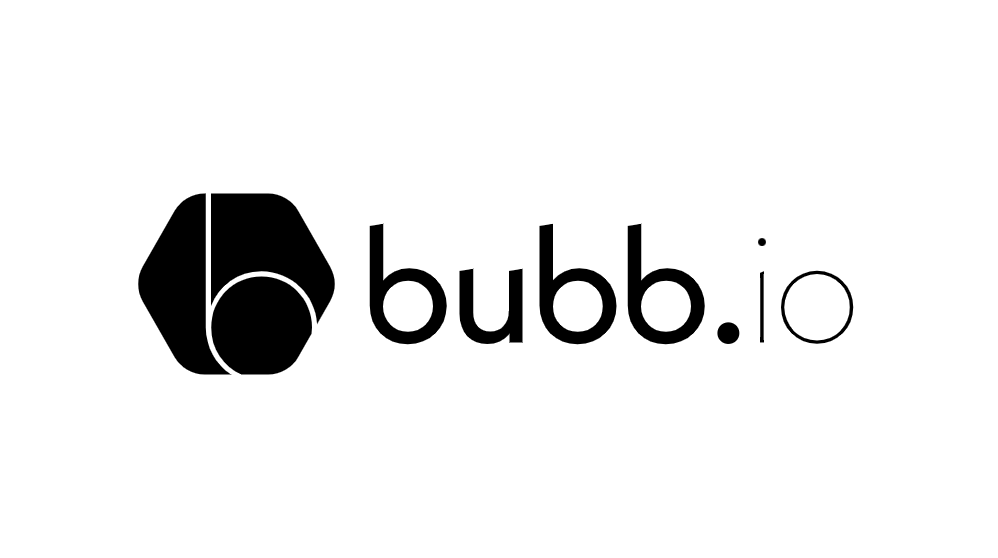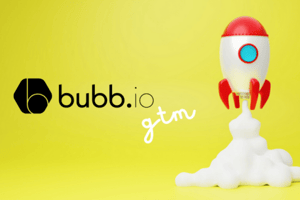How to Recruit Top Sales Professionals for Your Growing Business
Unlocking the Power of Embedded Recruitment: A Complete Guide for Hiring Success
Are you fed up with the endless drain of time and resources in your search for top talent? Maybe it's time to consider something closer in embedded recruitment, something that could be set to transform your hiring practices. Our thorough guide delves into how embedded recruitment can hugely enhance your organisation's talent acquisition strategy.
Embedded recruitment transcends traditional recruitment methods by integrating talent sourcing directly into your organisation's structure. By placing recruiters in key departments or projects, companies can enjoy numerous benefits, such as quicker hiring, higher quality candidates, and greater transparency throughout the hiring process.
In this guide, we'll explore the key components of embedded recruitment. This includes defining objectives, developing an integrated hiring strategy, and forging effective partnerships between recruiters and hiring managers. The importance of technology and data analytics in enhancing your embedded recruitment efforts will also be discussed.
Don't let your competitors snatch up all the best candidates. Unlock the potential of embedded recruitment and elevate your hiring success. Start today with our comprehensive guide.
What is Embedded Recruitment? Embedded recruitment redefines traditional recruitment by integrating talent acquisition into your organisation's very fabric. Instead of treating recruitment as a separate function, it involves placing recruiters within key departments or projects. This close collaboration with hiring managers allows a deeper understanding of the specific skills and qualities needed for each role.
This approach offers a wealth of benefits. Primarily, it speeds up the recruitment process and ensures a constant flow of qualified applicants. Embedded recruiters, ingrained in the company culture, are better positioned to assess if a candidate is the right fit.
Advantages of Embedded Recruitment: The benefits of embedded recruitment over traditional methods are significant. Key among these is the improved quality of hires. Working closely with hiring managers, embedded recruiters thoroughly understand the necessary skills and attributes for each position. This helps in identifying candidates who are not just qualified but also align with the company's values and goals.
Another advantage is the enhanced transparency in the hiring process. With recruiters integrated within departments, hiring managers have direct insight into recruitment, reducing delays and misunderstandings. This transparency encourages a collaborative atmosphere, allowing for timely feedback and informed decision-making.
Embedded Recruitment Statistics: The effectiveness of embedded recruitment is backed by impressive statistics. A recent LinkedIn study reports that companies using these strategies experience a 51% decrease in time-to-fill and a 29% increase in hiring manager satisfaction. A recent TalentLyft's survey also revealed that 75% of HR professionals believe embedded recruitment leads to higher-quality hires.
These figures underscore the tangible benefits embedded recruitment offers, streamlining the hiring process and improving collaboration between recruiters and hiring managers for more effective outcomes.
Implementing an Embedded Recruitment Strategy: Effective implementation of embedded recruitment involves clear planning. Start by defining precise goals for your initiative, addressing specific hiring challenges and how embedded recruitment can solve them. Clear objectives allow for effective measurement and adjustment of your recruitment strategies.
Next, develop an integrated hiring strategy that aligns with your organisation's overall talent acquisition approach. Integrating embedded recruiters into existing processes ensures a unified and efficient hiring approach.
Steps to Creating a Successful Embedded Recruitment Plan: To develop a successful embedded recruitment plan, first identify departments or projects for recruiter placement, focusing on areas with high talent demand. Then, establish strong partnerships between recruiters and hiring managers through open communication and collaboration. Regular meetings and feedback sessions are essential for aligning on role requirements.
Leverage technology and data analytics to streamline workflow and gain insights into recruitment effectiveness. Utilising applicant tracking systems and recruitment software is key.
Best Practices for Embedded Recruitment: For optimal results, establish clear communication among recruiters, hiring managers, and candidates. Regular updates and feedback sessions are vital for smooth progression of the recruitment process.
Continuously evaluate and refine your strategy, incorporating feedback from all parties. This ongoing learning and adaptation optimise your embedded recruitment efforts, leading to more successful hiring outcomes.
To learn more about embedded solutions from bubb, click here.

.png?width=50&name=o7%20(1).png)

.png?height=200&name=Website%20(1).png)

.png?height=200&name=Barry%20the%20astronaut%20(4).png)